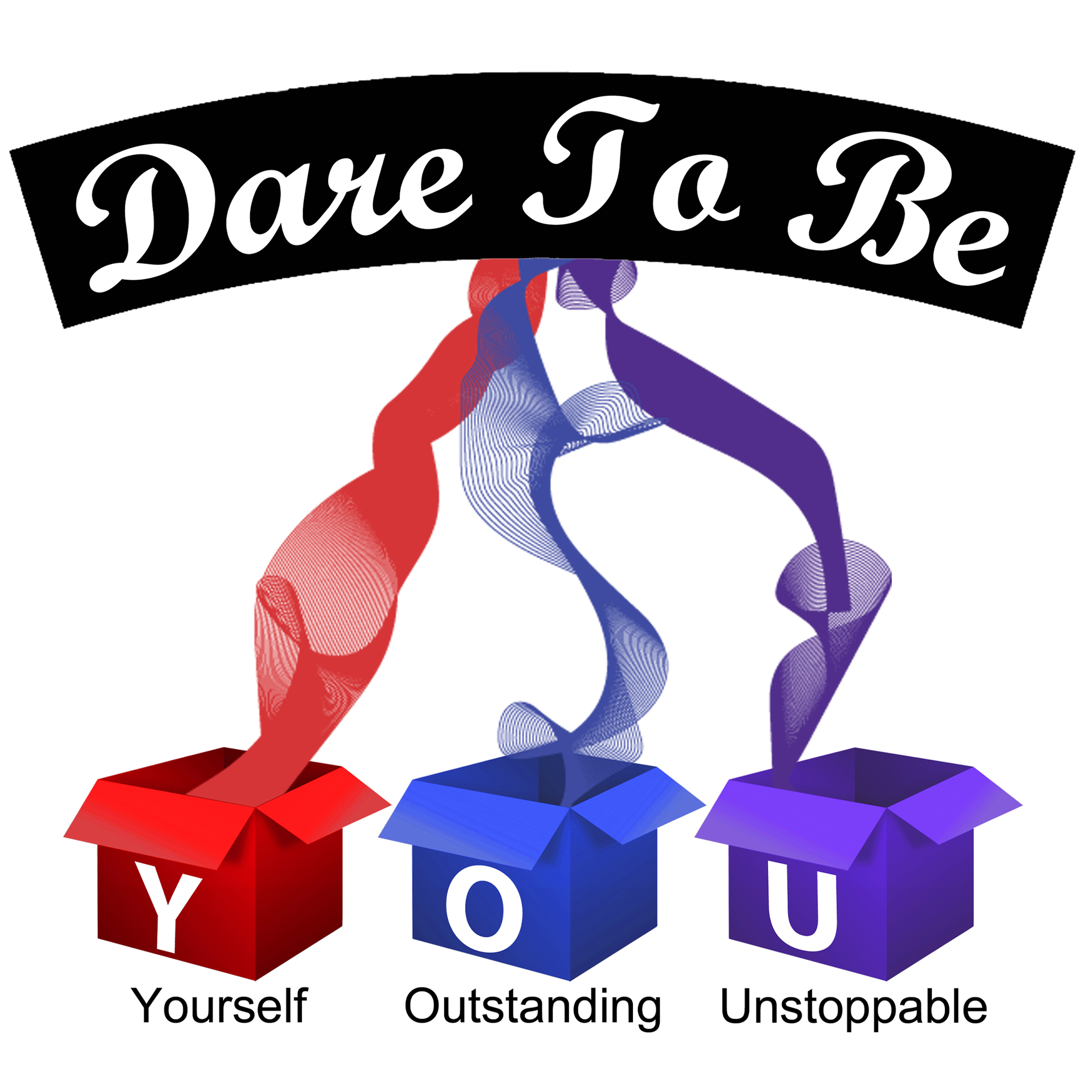In a world brimming with social media highlights and constant benchmarks of success, it’s easy to fall into the trap of comparison. For women navigating the complexities of life between the ages of 30 and 55, this can be a particularly challenging journey. ‘Dare To Be You’ is more than a slogan; it’s a path to rediscovering and embracing your true self.
Chapter 1: The Lure of Comparison
The comparison syndrome is a pervasive issue that affects many of us. It’s the voice that whispers we’re not enough as we are, leading us to measure our worth against the perceived success of others. This chapter delves into why we compare and the impact it has on our self-esteem and overall well-being.
Chapter 2: Understanding Your Unique Self
1. Reflective Journaling:
- Encourage readers to maintain a daily or weekly journal.
- Prompt them to write about their feelings, experiences, and reactions to day-to-day events.
- Include specific prompts such as, “What activity made me lose track of time today?” or “When do I feel most like myself?”
2. Personality Tests and Assessments:
- Suggest taking personality tests like the Myers-Briggs Type Indicator (MBTI) or the StrengthsFinder assessment.
- Guide readers to reflect on the results and how they align with their perception of themselves.
3. Exploring Passions and Hobbies:
- Challenge readers to try new activities or revisit old hobbies.
- Ask them to notice which activities ignite a sense of excitement and fulfillment.
4. Value Clarification Exercises:
- Guide readers through exercises to identify their core values.
- For instance, have them list out their top 10 values and then narrow it down to the most essential 3-5.
5. Visualization Techniques:
- Encourage readers to visualize their ideal life.
- Ask them to consider what they are doing, who they are with, and how they feel in this life.
6. Mind Mapping:
- Introduce the concept of mind mapping to explore different facets of their personality, dreams, and goals.
- This can be a creative and visual way to connect various aspects of their life.
7. Seeking Feedback:
- Suggest that readers ask close friends or family members what they perceive as the reader’s strengths and unique qualities.
- This external perspective can provide valuable insights.
8. Exploring Personal History:
- Encourage an exploration of past experiences, looking for patterns or moments where they felt particularly fulfilled or challenged.
- This can offer clues about their inherent strengths and areas of interest.
9. Setting Small, Experimental Goals:
- Urge readers to set small goals in areas they wish to explore more deeply, whether it’s a new skill, hobby, or a lifestyle change.
- Reflect on these experiences to understand what truly resonates with their inner self.
10. Cultivating Mindfulness:
- Emphasize the importance of mindfulness in self-discovery.
- Practices like meditation can help readers become more aware of their thoughts, feelings, and reactions, leading to deeper self-understanding.
Conclusion of Chapter 2:
“By engaging in these self-discovery techniques, you’re not just learning about yourself; you’re also celebrating your unique identity. This journey of exploration is about embracing who you are at your core, distinct from societal expectations or comparisons. Remember, the goal is not to fit in, but to shine as the authentic ‘you.'”
This chapter is designed to guide readers through various self-discovery methods, helping them identify and celebrate their individuality, ultimately fostering a deeper understanding and acceptance of themselves.
Chapter 3: Strategies to Combat Comparison
1. Mindfulness Practices:
- Daily Mindfulness Meditation: Encourage a daily practice of mindfulness meditation to cultivate present-moment awareness, reducing the tendency to compare.
- Mindful Breathing Exercises: Suggest simple breathing exercises to center thoughts when feelings of comparison arise.
- Body Scan Technique: Guide readers through a body scan meditation to connect with themselves and reduce anxiety triggered by comparison.
2. Reflective Journaling:
- Gratitude Journaling: Propose maintaining a gratitude journal where readers list things they are grateful for each day, shifting focus from what others have to what they themselves cherish.
- Comparison Triggers Diary: Suggest keeping a diary to track moments of comparison, helping identify patterns and triggers.
- Positive Affirmations: Include the practice of writing positive affirmations about themselves to boost self-esteem and combat negative thoughts.
3. Setting Personal Goals:
- Focus on Personal Progress: Encourage setting goals based on personal growth rather than external benchmarks.
- Realistic Goal Setting: Guide readers on how to set achievable and realistic goals to prevent feelings of inadequacy.
- Celebrating Small Victories: Stress the importance of acknowledging and celebrating small achievements to foster a sense of accomplishment.
4. Mindful Social Media Use:
- Curating Social Media Feeds: Advise readers to actively curate their social media feeds, unfollowing accounts that trigger negative comparisons.
- Scheduled Social Media Time: Suggest setting specific times for social media use to avoid mindless scrolling.
- Digital Detox: Encourage periodic digital detoxes to disconnect and refocus on personal life and goals.
5. Building a Supportive Community:
- Seeking Supportive Relationships: Encourage forming connections with people who uplift and support them.
- Joining Positive Online Communities: Suggest joining online groups or forums that foster positivity and personal growth.
6. Engaging in Self-Compassion Exercises:
- Self-Compassion Breaks: Introduce the concept of taking ‘self-compassion breaks’ when feelings of inadequacy arise.
- Loving-Kindness Meditation: Guide readers through loving-kindness meditation to cultivate a sense of goodwill towards themselves and others.
Conclusion of Chapter 3:
“Breaking free from the comparison trap is a journey towards self-acceptance and contentment. By practicing mindfulness, reflective journaling, setting personal goals, and using social media mindfully, you can create a more positive and fulfilling life experience. Remember, the only person you should strive to be better than is the person you were yesterday.
Chapter 4: Embracing Your Journey
Introduction to Embracing Your Path:
This section introduces the concept of embracing one’s unique life journey. It’s about understanding that each person’s path is distinct and valuable, filled with its own set of experiences, challenges, and triumphs.
Recognizing Your Unique Story:
- Identify Your Unique Experiences: Encourage readers to reflect on the experiences that have shaped them, recognizing that these experiences are unique and contribute to their individuality.
- Acknowledge Your Challenges: Discuss the importance of acknowledging the challenges faced along the way, understanding that these difficulties have contributed to their strength and resilience.
Celebrating Personal Progress:
- Measure Progress by Personal Standards: Urge readers to measure their progress by their own standards rather than external benchmarks.
- Reflect on Growth: Guide readers to periodically reflect on how they have grown and evolved over time, celebrating their personal development.
Learning from Life’s Twists and Turns:
- Finding Lessons in Challenges: Encourage readers to find lessons and opportunities for growth in the challenges they encounter.
- Adapting to Change: Discuss strategies for adapting to and embracing change, viewing it as an opportunity for personal evolution.
Building Resilience through Self-Acceptance:
- Cultivate Self-Acceptance: Offer techniques for cultivating self-acceptance, such as affirmations and self-reflection exercises.
- Developing Resilience: Talk about how embracing one’s journey, including the ups and downs, builds resilience and a deeper sense of self.
Staying True to Your Path:
- Encourage Authentic Choices: Motivate readers to make choices that align with their true selves, rather than conforming to societal expectations.
- Avoiding the Comparison Trap: Reiterate the importance of avoiding comparison, focusing instead on their unique journey and achievements.
Conclusion of Chapter 4:
Your journey is exclusively yours, marked by unique experiences, learning, and growth. Embracing your path means celebrating where you’ve been, where you are, and where you’re going. It’s about staying true to yourself, acknowledging your progress, and continuing to grow in your own way. Let your journey be a testament to your resilience, strength, and authenticity.
Chapter 5: Stories of Empowerment
Here, we share inspiring stories of women who have successfully overcome comparison syndrome. These narratives highlight the power of embracing one’s authenticity and the positive changes that can ensue.
Story 1: “Mia’s Renaissance”
Mia, a 37-year-old graphic designer, always felt overshadowed by her more successful peers. Social media only exacerbated her feelings of inadequacy, as she constantly compared her career achievements and lifestyle to those of her colleagues. Mia’s breakthrough came when she decided to take a sabbatical to rediscover her passions. She traveled, attended workshops, and reconnected with her love for painting, something she had put aside for her graphic design career.
This journey of self-discovery led Mia to a surprising revelation: her true passion was not in competing with others in graphic design, but in creating art that resonated with her soul. She began to share her paintings on social media, not for validation, but as an expression of her authentic self. To her surprise, her work garnered attention for its unique style and emotional depth. Mia’s story is a testament to how stepping away from comparison and embracing one’s true passions can lead to unexpected success and personal fulfillment.
Story 2: “Elena’s Leap of Faith”
Elena, a 45-year-old corporate lawyer, had achieved considerable success in her field. However, she constantly compared herself to her peers, feeling she needed to work harder and achieve more. This endless cycle of comparison and competition left her burnt out and disconnected from her true self. The turning point for Elena was a pro bono case she took on, helping a small community protect their environment. This experience reignited her long-forgotten passion for environmental advocacy.
Fueled by this renewed passion, Elena made the bold decision to transition her career. She started working for a non-profit organization focused on environmental law. The shift was challenging, and Elena faced doubts and fears, but she also felt a sense of purpose and alignment she had never experienced in her previous role. Her story demonstrates that embracing one’s authentic calling, even later in life, can lead to a more fulfilling and meaningful career.
Mia and Elena’s stories highlight that overcoming comparison syndrome isn’t just about feeling better about oneself; it’s about a deeper transformation. It’s about uncovering and pursuing what truly makes you unique and happy. Their journeys show that when we stop comparing and start embracing our true selves, we unlock a world of possibilities and a chance to live a life that’s genuinely ours.
Conclusion:
‘Dare To Be You’ is an invitation to step into your power by letting go of unhealthy comparisons. It’s a journey towards embracing who you are, flaws and all, and recognizing that your value is not determined by others. As we close, we encourage you to walk into the future with confidence, celebrating your unique self.©




